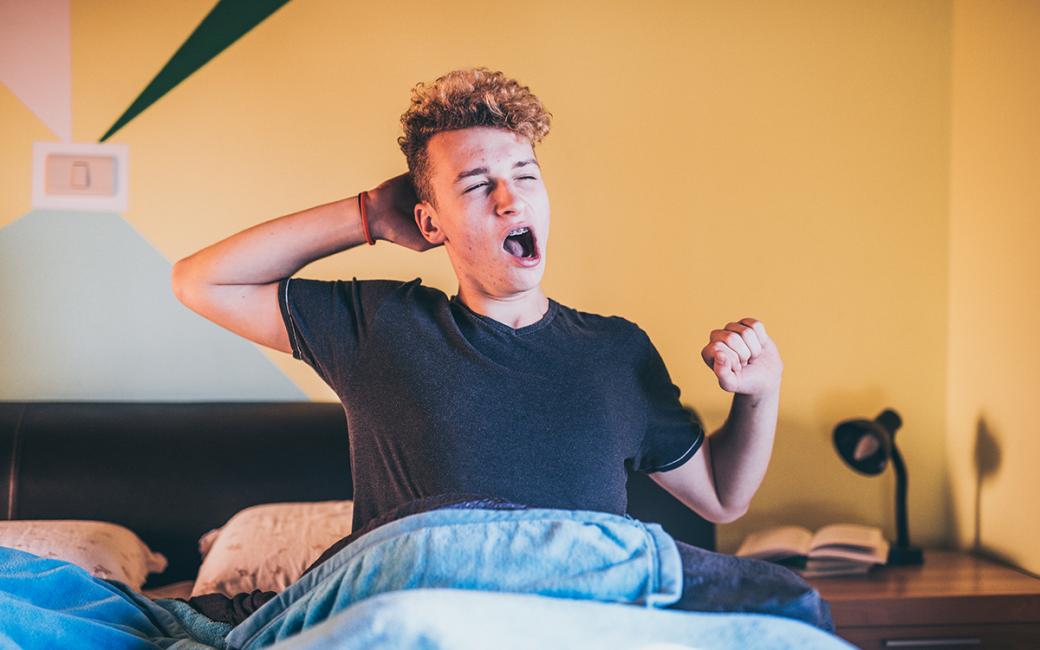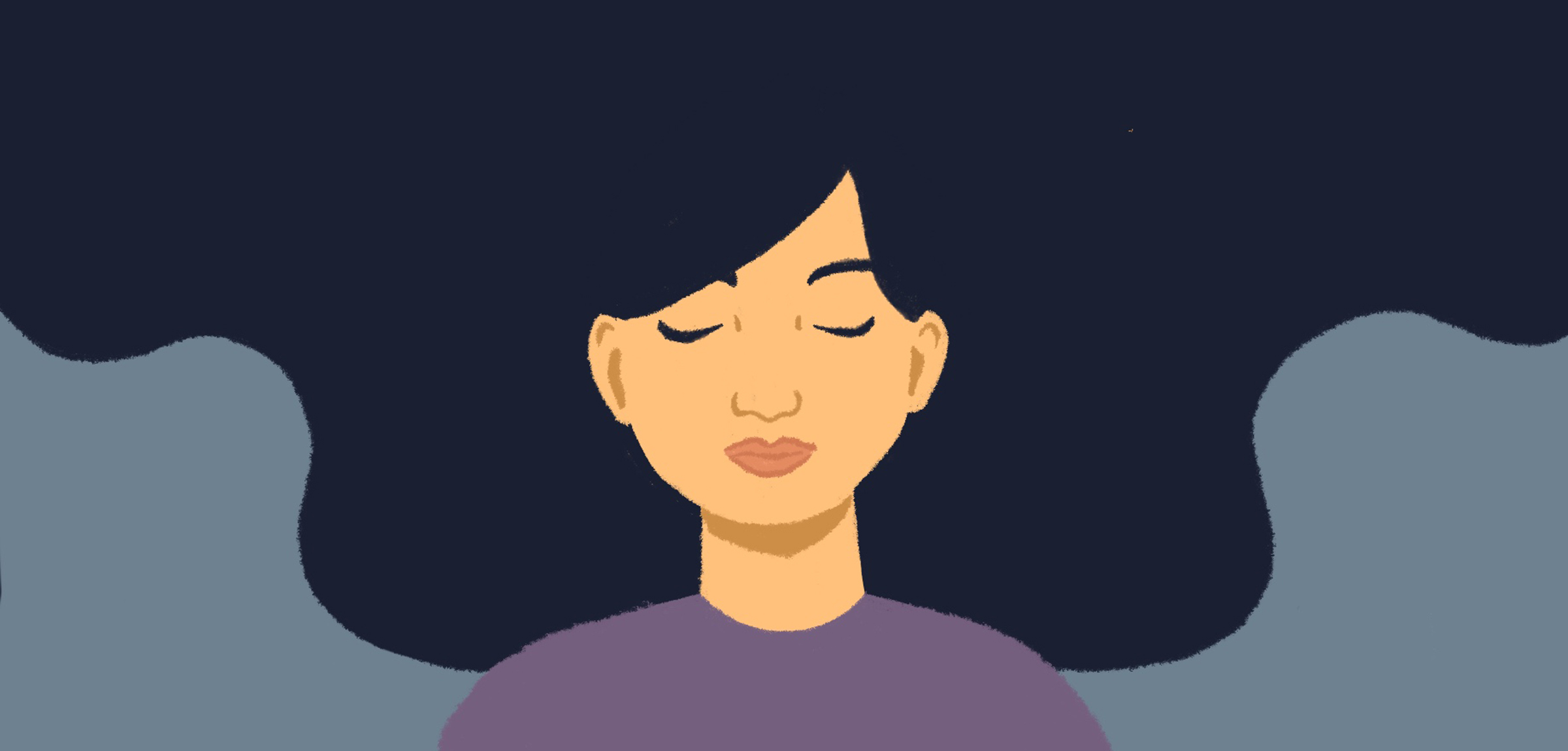Poor sleep associated with obesity, diabetes, cancer
One of the best ways to stay physically and mentally healthy is to get a good night’s sleep, seven nights a week, 52 weeks a year.
Our sleep drive is regulated by our circadian rhythm, or internal clock, which runs approximately 24 hours. Any disruption of the rhythm, occasioned, for example, by jet lag or shift work, can disrupt the sleep drive. Sleep drive is also regulated by sleep/wake homeostasis: the longer we stay awake, the more our bodies crave sleep.
There are two types of sleep: rapid eye movement (REM) and nonrapid eye movement (NREM).
NREM sleep begins the sleep cycle and is divided into three stages. This is followed by REM, the fourth stage.
Stage 1. Transition (NREM)
The transition between wakefulness and sleep, during which your heart rate and breathing slow.
Stage 2. Light sleep (NREM)
Your heart rate and breathing continue to slow and your body temperature drops.
Stage 3. Deep sleep (NREM)
Your heart rate and breathing reach their lowest levels.
Stage 4. Active sleep (REM)
This the sleep associated with dreaming. Your eyes move rapidly, and your heart rate and breathing quicken.
NREM and REM sleep cycle back and forth throughout the night, with NREM sleep decreasing and REM sleep increasing as morning nears.
The amount of sleep required to provide proper rest varies according to age.
| Recommended hours of sleep per day | |
|---|---|
| Life stage | Hours per day |
| Preschoolers (3–5 years) | 10–13 |
| School children (6–12 years) | 9–12 |
| Teenagers (13–18 years) | 8–10 |
| Adults (18–64 years) | 7–9 |
| Seniors (65 years and up) | 7–8 |
| – U.S. Centers for Disease Control and Prevention | |
Too little sleep can lead to a host of physical and mental ailments, including obesity, diabetes, heart disease, cancer and depression. Too much sleep can have the same effect. One solution is to practice good sleep hygiene.
Teachers lead busy and often stressful lives, and good sleep may seem unattainable. Remember that your Association is here to support you in any employment or other issues that may be causing you stress. Benefit providers can also lend support.
The eight habits of highly successful sleepers
- Establish a sleep schedule and stick to it, even on weekends. Try to go to bed and get up at the same time every day.
- Turn your bedroom into an oasis—cool, quiet, dark and comfortable.
- Avoid caffeine and alcohol before bedtime. Caffeine blocks adenosine, a neurochemical that causes drowsiness. And while alcohol may help you fall asleep, it negatively affects the quality of that sleep and increases your risk of sleep apnea.
- Don’t take your cellphone to bed. The blue light emitted from the screen interferes with the production of melatonin, which promotes sleep.
- Avoid late afternoon or evening naps. Napping after 3 p.m. can interrupt your circadian rhythm and affect nighttime sleep.
- Exercise. Moderate or vigorous aerobic activity reduces the amount of time it takes to fall asleep.
- Establish a bedtime routine. Take a long, hot bath; listen to music; or read a book before nodding off.
- If you can’t get to sleep, do something else. Tossing and turning is pointless. Resume your bedtime routine until you feel sleepy.

Revisiting school start times
Adolescents require eight to 10 hours of sleep a day, but research indicates that one in three of them is not getting enough. School start times may be partly to blame. A 2016 study from McGill University found that school start times across Canada range from 8:00 a.m. to 9:30 a.m. Later school start times are associated with better adolescent sleep and improved academic performance.
Adolescents are fighting biology to get to school on time.
“The problem is that early school start times conflict with the natural circadian clock of teenagers,” says Geneviève Gariépy, one of the authors of the study.
“As teenagers go through puberty, their circadian clock gets delayed by two to three hours.
By the time they reach junior high, falling asleep before 11 p.m. becomes biologically difficult, and waking up before 8 a.m. is a struggle. Adolescents are fighting biology to get to school on time.”

Staff Writer, ATA Magazine
Read more
View the entire digital issue of the ATA Magazine
See the latest issue


